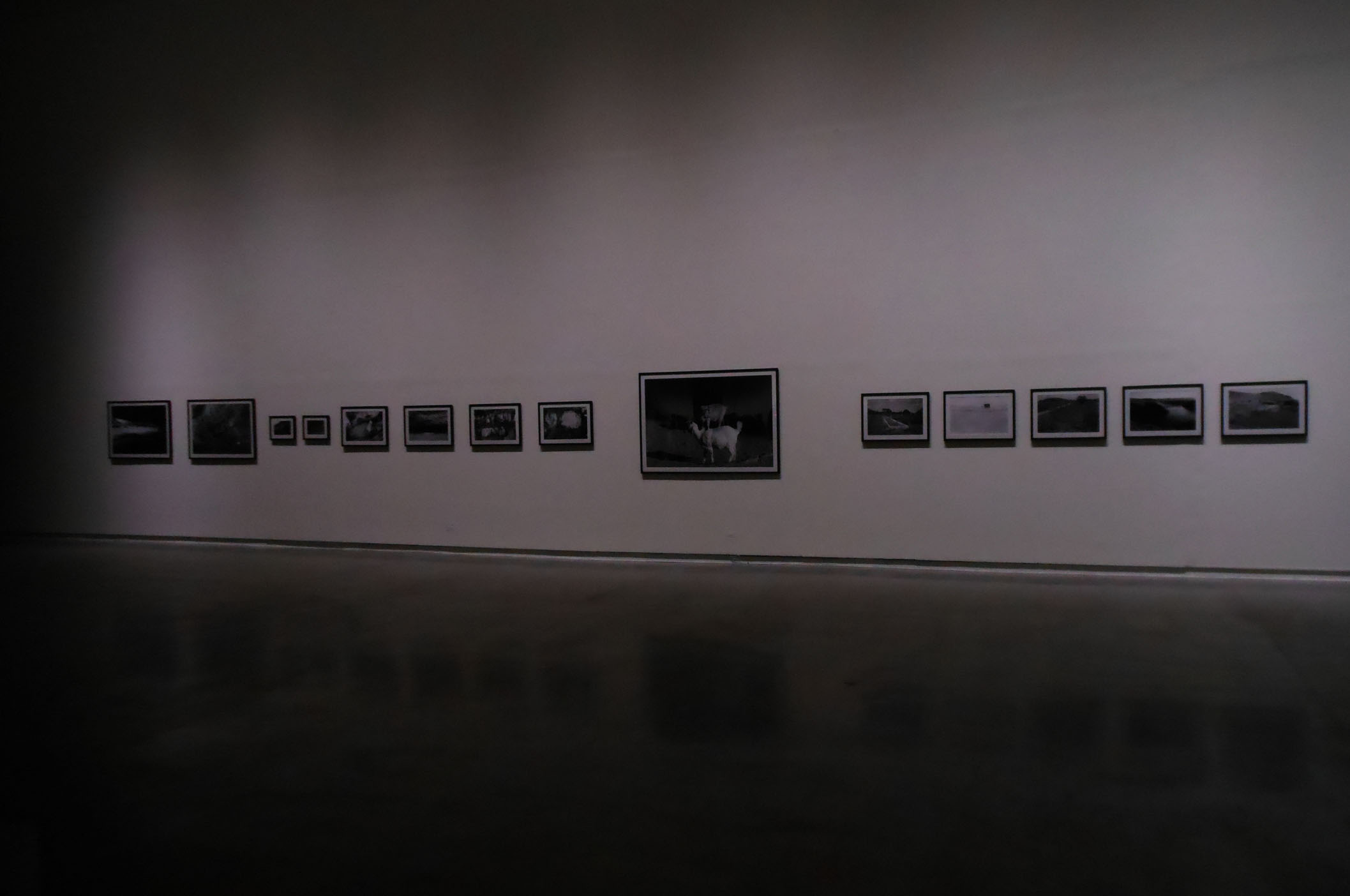「日常」作為一種美學訴求
發佈日期:2019-07-20
策展人/ 何桂彥 (四川美術學院美術系教授 系主任)
大多數時候,我們會將「日常」理解為一種存在狀態。然而,在當代藝術的創作中,「日常」會被藝術家注入豐富的內涵,比如將日常的觀看,日常之物,日常的行為等賦予新的意義。也即是說,藝術家通過語言,形式,尤其是觀念的轉換,不僅為「日常」注入視覺智慧,而且不斷挖掘其內在的意義。
歷史地看,從1917年杜象將小便池送往獨立沙龍展出,並將其取名為「噴泉」的那一刻,是否預示著觀念藝術將改變西方現代藝術的發展路徑?是否意味著日常之物會躋身藝術品的行列?杜象之後,日常與觀念神奇地融合在一起,以「後現代」之名,為1960年代以來的藝術開闢了一條新的路徑。不過,倘若追溯中國當代藝術的發展,就不難發現,20世紀80年代以來,同樣存在圍繞「日常」而展開的創作現象,而且,這條線索一直得以綿延,從未中斷。但是,由於中西文化藝術語境的差異,中國當代藝術中的日常話語與觀念生成,從一開始,並不像杜象那樣有一個孕育觀念藝術產生的土壤,相反,作為一種新的美學話語,「日常」是當代藝術從政治神話向世俗社會,彼岸世界向現實世界,宏大敘事到微觀敘事,集體意志向個體價值,以及從崇高精神的文化到日常肉身體驗的轉移中顯現出來的。
事實上,在杜象的藝術創作中,「日常」的出現隱藏著一個更為內在的邏輯,那就是對藝術本質的不斷追問。而且,這種追問從一開始就是線性的,持續不斷的,充滿理性批判精神的。因此,當追問觸及到最後一個層面,即「什麼不可以是藝術」時,藝術就必然會走向它的反面。於是,當藝術與生活之間的界限不斷的消除,「日常」開始成為了藝術創作不可迴避的問題。但是,在中國當代藝術的發展情景中,「日常」得以生效的前提,仍然是以「文革」時期那些「極左」的藝術與文化觀念,僵化的藝術制度作為反叛背景,也是在西方現代與後現代藝術思潮的影響與激發之下,在追求文化現代性建設的訴求之中產生的。1980年年代中期以來,中國當代藝術中出現了一些以「日常」為表現主題的作品,代表性的有吳山專的「紅色幽默」,谷文達的「正反的字 」,張培力的「水—辭海標準版」等由於勞森伯格1985年在中國美術館舉辦個展帶來的影響,中國的一些藝術家強化了日常話語的觀念性表達。
1990年代,在觀念藝術領域,「日常」與行為,身體等敘事話語不斷進行結合1990年—1995年間,邱志傑創作了「重複書寫一千遍〈蘭亭序〉」在藝術家看來,每一次的書寫行為,其實也是不斷在與傳統對話。但是,每書寫一次也是對此前的筆跡和內容的覆蓋與破壞。然而,當書寫被賦予「一千遍」的時間維度時,具有「日常」意義的書寫行為就賦予了觀念的意義。1995年年,宋冬用清水在石板上書寫,創作了「水寫日記」。寫日記原本是一件私密且又具有日常性的行為。由於藝術家將「水」作為書寫媒介,也就意味著,每次的書寫最後都會因為水的揮發而讓書寫失去意義。書寫內容的不在場並不證明書寫主體是缺席的,當宋冬堅持每天書寫,持續數年以後,書寫行為就完全日常化,並賦予其某種儀式性。在觀念水墨領域,李華生有意識地將創作中的時間過程予以視覺化,觀念化。在行為藝術方面,張洹的為「池塘增高水位」(1997年),徐震的「彩虹」(1999)等,借助於身體的日常性,討論了身體所負載的權利話語與微觀政治學的問題。
2000年以來,中國當代藝術領域不斷湧現出以「日常」或「日常話語」為表達對象的作品,其藝術形態涉及裝置、雕塑、影像、觀念水墨、架上繪畫等。應該說,從當代藝術創作的上下文來講,「日常詩」討論的仍然是「日常話語」與藝術家的觀念結合,因此,與1980年代以來的創作仍有內在的聯繫。所謂的「日常詩」,一方面強調的是,作品意義生效的起點源於「日常」,並且,藝術家十分重視觀念的轉化;另一方面,在作品的形式與審美的表達中,不僅蘊涵著新的方法意識,還賦予其詩性的意味。何劍、馬文婷的作品比較強調圖像的敘事性,但對於何劍來說,那些熟悉的,日常的圖像則能喚起人們的視覺記憶,能從一個側面反映時代的變遷。在馬文婷的筆下,圖像是碎片化的,沒有上下文的,它們與一些現成品並置在一個畫面,構築了一種既具「日常性」,但又顯得陌生化的視覺場景。在創作中,黃斌偏愛那些在日常生活中見到的建築裝飾材料,如壓克力、金屬板、五金配件、複合材料板等。通過對材料進行形式與結構的轉化,黃斌希望其作品的形式表達與審美訴求彌散出一種理性的、冷漠的、機械的,抑或說審美心理上的「冰冷感」。同樣是使用現成品,張翔的創作方法是改變這些日常之物的使用功能,通過對形式的改造,使其變成一種觀念之物,即由日常與「異常」所形成的張力,使其具有藝術品的身份。葛平偉的作品以木料作為媒介,以原生的木結為起點,在不斷剝離之下,使其凸顯,進而生成新的視覺形式。或者,在形式不斷演繹的過程中,同樣以木結為中心,以雕琢的繩結使其彼此相連,渾然一體。在「有意味的形式」中,藝術家通過觀念的注入,賦予作品以詩性。楊北辰與婁金的作品同樣強調觀念的植入,前者以精湛的具象雕塑語言,挑戰人們既有的審美觀看習慣;後者利用材料自身的屬性,改變其形態與使用功能雖然側重點不同,兩位藝術家都重視創作的過程性,以及身與心的結合。在李昌龍近期的作品中,畫面大多沒有主題,沒有情節,也沒有敘事,在場的僅僅是語言本身。仔細地凝視,就會發現,在二維的平面上只有一些色塊、線條、以及碎片化的筆痕。通過「色層」的視覺演繹,李昌龍與個人化的修辭將日常之景,或者說微觀化的現實隱藏了起來。
近些年,采泥藝術致力於與四川美院青年藝術家的合作,推動兩岸青年藝術家的交流,這個邀請展的目的,也是希望搭建一個學術交流的平台。事實上,通過本次展覽是難以呈現「日常」在中國當代藝術創作中的豐富性。因此,「日常詩」僅僅只能從一個側面,反映當代藝術領域,藝術家們如何對「日常」進行挖掘,並賦予詩性的審美體驗。倘若從視覺文化的角度考慮,當代藝術家們對「日常話語」的關注,真正的意義,還在於感悟其背後蘊含的中國思維,哲學,審美與文化經驗見微知著—而這一切是以「潤物細無聲」的狀態蟄伏於日常生活之中的。藝術家的任務之一是去挖掘這些價值,在觀念轉換的過程中,不僅賦予作品以形式與視覺的智慧,並使其在當代文化的語境下生成新的意義與價值。
2019年6月於四川美院虎溪校區
“The Everyday” as an Aesthetic Appeal
Curator/ He Gui-Yan (Dean, and Professor of Department of Art History at Sichuan Fine Arts Institute)
“The everyday,” for most of the time, is understood as an existential state. However, in contemporary art, “the everyday” is imbued with rich connotations by artists, who bestow the everyday scenes, objects and actions with fresh meanings—that is, they employ artistic language, form and particularly the conversion of concept to not only convey visual ingenuity through “the everyday” but also continuous uncover its deeper meanings.
Historically speaking, did Duchamp’s porcelain urinal, which the artist entitled Fountain and submitted for the exhibition of the Society of Independent Artists in 1917, foreshadow a change of course prompted by conceptual art in Western modern art history? Did it indicate that ordinary objects could become works of art? After Duchamp, the everyday and the conceptual have miraculously merged and surfaced as “the post-modern” that unfolded a new path of art since the 1960s. Nevertheless, when tracing the development of China’s contemporary art, it is not difficult to see that artistic creation revolving around “the everyday” appeared in China in the 1980s and has continued ever since. However, due to the different artistic context of Chinese and Western culture, the expression of the everyday and its conceptualization in Chinese contemporary art did not germinate from the same rich soil, from which the conceptual art in Duchamp’s time had emerged. Contrarily, “the everyday” as a fresh aesthetic expression is revealed when contemporary art shifts its focus from political myths to the secular world, from an otherworldly realm to the real world, from macrocosmic narratives to microcosmic narratives, from collective ethos to individual values, and from the sublime spiritual culture to the daily physical experience.
As a matter of fact, in Duchamp’s work, the emergence of “the everyday” implies an innate rationale—the ceaseless inquiry about the nature of art. Furthermore, this quest has always been linear, continuous and informed by a rational, critical spirit. Therefore, when the quest reaches its final questioning – “What cannot be art?” – it inevitably moves onto its opposite. Consequently, when the boundary between art and life is blurred and erased, “the everyday” becomes an unavoidable topic in artistic creation. However, in the development of China’s contemporary art, “the everyday” only becomes effective when it is utilized to rebel against the “extreme left-wing” art and cultural concept prevailed in the period of the Cultural Revolution as well as the rigidified system of art. The appearance of “the everyday” also coincides with the appeal of cultural modernization prompted and influenced by Western modern and post-modern art waves. Since the mid-1980s, works featuring “the everyday” started appearing in the Chinese contemporary art scene, among which the representative works are Wu Shan-Zhuan’s Red Humour, Gu Wen-Da’s Negative and Positive Characters, Zhang Pei-Li’s Water (Standard Version from the Cihai Dictionary), etc. Due to the influence of Rauschenberg’s 1985 solo exhibition at the current National Art Museum of China, some of the Chinese artist were inspired to strengthen the conceptual expression of the everyday.
In the conceptual art scene of the 1990s, “the everyday” was constantly incorporated into performance and body narratives. During 1990 and 1995, Qiu Zhi-Jie’s created Copying Lanting Xu 1000 Times. For the artist, every copying was a dialogue with tradition as well as a layer that covered and defaced the previous writing and its content. Even so, when the temporal dimension of “a thousand times” was introduced into the writing, such action incorporated with the everydayness was rendered conceptual. In 1995, Song Dong created Writing Diary with Water by inscribing on a stone slab with water. Keeping a diary was supposed to be a personal and daily action, and using water as the writing medium meant that each writing would eventually disappear and become meaningless after the water evaporated. Nevertheless, the fading written words did not make the writing subject diappear; when the artist insisted on writing every day, the action of writing became a completely daily action and was given a sense of ritual after a few years. In conceptual ink art, Li Hua-Sheng intentionally visualized and conceptualized the temporal process of art-making. In performance art, Zhang Huan’s
To Raise the Water Level in a Fishpond (1997) and Xu Zhen’s Rainbow (1999) employed the everydayness of the body to discuss the right to speech conveyed by our physical existence and micropolitical issues.
From 2000 onward, there has been a constant surge of contemporary art works, ranging from installation, sculpture, video, conceptual ink art and easel painting, which focused on “the everyday” or “the everyday expression” in the Chinese contemporary art scene. More precisely speaking, in the context of contemporary artistic creation, the exhibition Quotidian Poetry still addresses the combination of “everyday expression” and the artists’ conceptualization of their subject matter; and therefore, the exhibition at any rate retains an inherent connection with artistic creation since the 1980s. Quotidian Poetry, on the one hand, emphasizes on “the everyday,” which gives meaning to the artworks that highlight the artists’ conversion of the concept. On the other hand, the forms and aesthetic vocabularies of the works not only embody new approaches and awareness but also exude a poetic quality. The works created by He Jian and Ma Wen-Ting bring to fore the narrative of graphic images. However, the former puts an emphasis on the familiar, ordinary images that arouse people’s visual memory and are implicitly reflective of the changes of time. Ma Wen-Ting creates images informed by fragmented, decontextualized graphic elements juxtaposed with readymades, constructing a visual scene brimming with the “everydayness” but somewhat defamiliarized at the same time. Huang Bin prefers to use materials of architectural decoration found in daily life to create his work, such as acrylic, metal plate, hardware accessory, composite board, etc. By converting the form and structure of the material, he hopes to construct a formal expression and aesthetic appeal permeated and exuding an aesthetic sense of “coldness” that is rational, detached and mechanical. Also using readymades, Zhang Xiang’s creative approach is to modify the functions of daily objects, transforming them into objects manifesting concepts through altered form—that is, making use of tension between the everyday and the “unusual” to make the objects artistic. Ge Ping-Wei uses wood as his creative medium. Adopting original wood knots as a starting point and continuously removing the unwanted parts, the artist accentuates the remaining and delivers a new visual form.
He also uses wood knots as centers to carve out interconnected rope knots to create a sense of unity throughout the evolving form. With “meaningful forms,” artists conceptualize their works and infuse a sense of poetry into them. Yang Pei-Chen and Lou Jin also emphasize on the conceptualization of artistic creation. Known for his superb realistic sculptural language, Yang challenges his audience’s experience in viewing art. Lou, on the other hand, manipulates the properties of his material to change its form and function. Although their focuses vary, both artists foreground the importance of the creative process as well as the union of body and mind. Li Chang-Long’s recent works reveal images without specific topics, stories or narratives; what remains is artistic language itself. Taking a closer look at his work, one finds only color blocks, lines and fragmented brushstrokes on the two-dimensional surface. With his visual interpretation of the “color layers,” the artist uses his highly individualized visual rhetoric to conceal the everyday scenes or a microcosmic reality.
In recent years, Chini Gallery has devotedly collaborate with emerging artists at Sichuan Fine Arts Institute with the objective to facilitate extensive exchange for artists from both sides of the Strait. This invitational exhibition aims to create a platform for academic exchange and interaction. In truth, one exhibition cannot comprehensively demonstrate the richness of “the everyday” in Chinese contemporary art. Therefore, Quotidian Poetry can only indirectly and partially reflect how contemporary artists have explored “the everyday” to endow it with a poetic aesthetic experience. From the perspective of visual culture, the true meaning of contemporary artists’ attention to “everyday expression” lies in conveying Chinese thinking, philosophy, aesthetics and cultural experience epitomized by the experience of the everyday, which exists in the disguise of a daily state that can only be descried by the poetic line, “What is nurturing comes in a subtle and soundless manner.” The mission of artists is to discover the hidden values. Through the process of conceptualization, they have given form and visual genius to their works, and enable them to generate new meanings and values within the context of contemporary culture.
In Huxi Campus of the Sichuan Fine Arts Institute, June, 2019
展覽地點:采泥藝術 CHINI GALLERY
地址:台北市大直敬業一路128巷48號1樓
1F, No.48,Ln.128, Jingye 1st Rd., Zhongshan Dist., Taipei City
時間:Tue-Sun 10:30 a.m. – 07:00 p.m
電話:886-2-7729-5809
現場相片
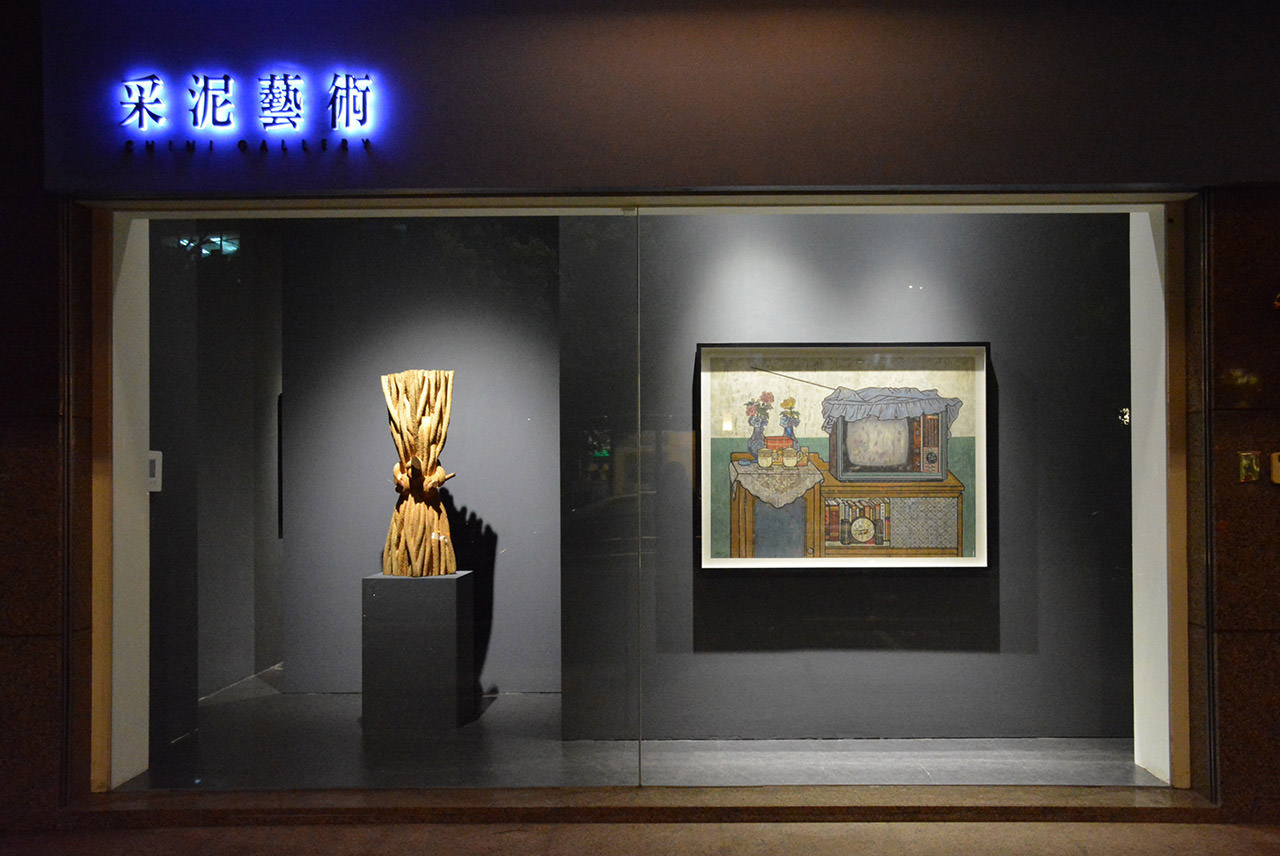
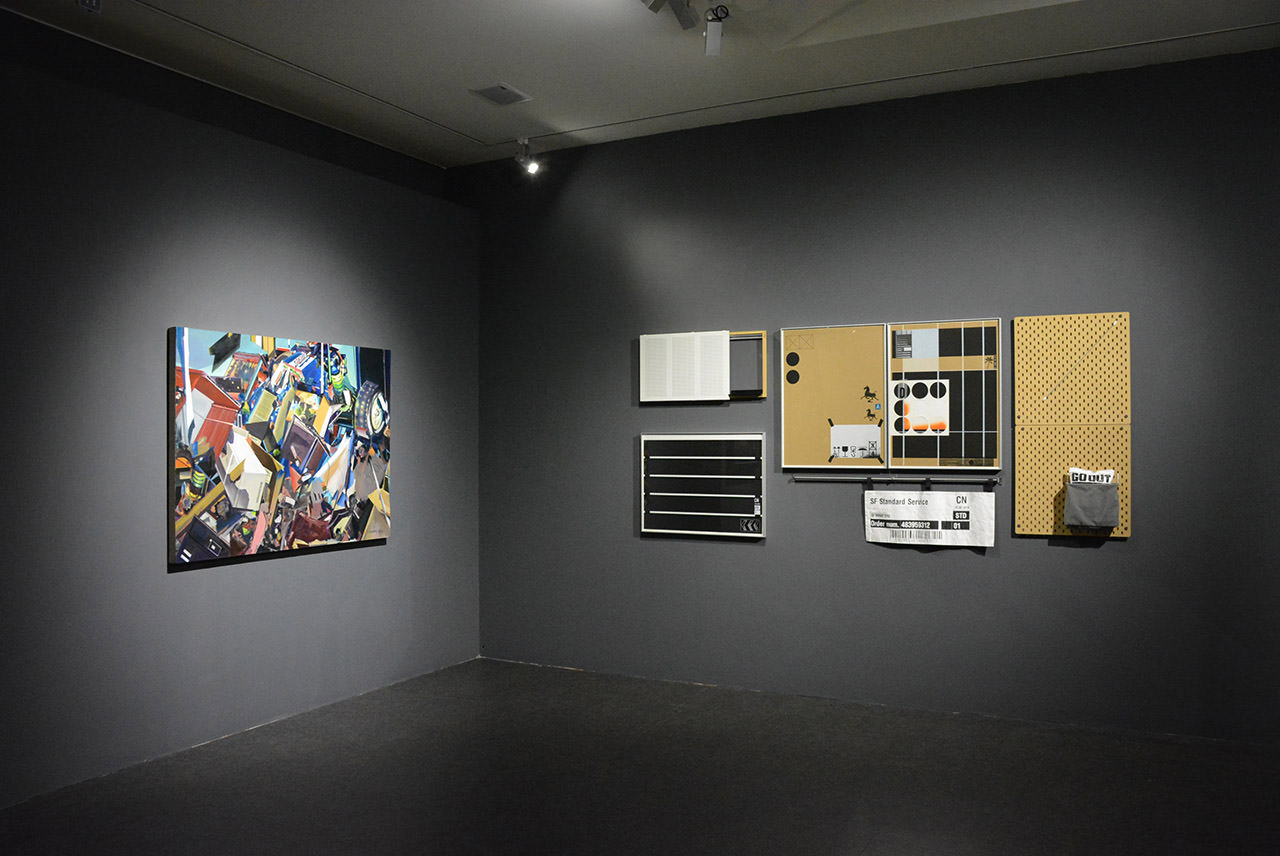
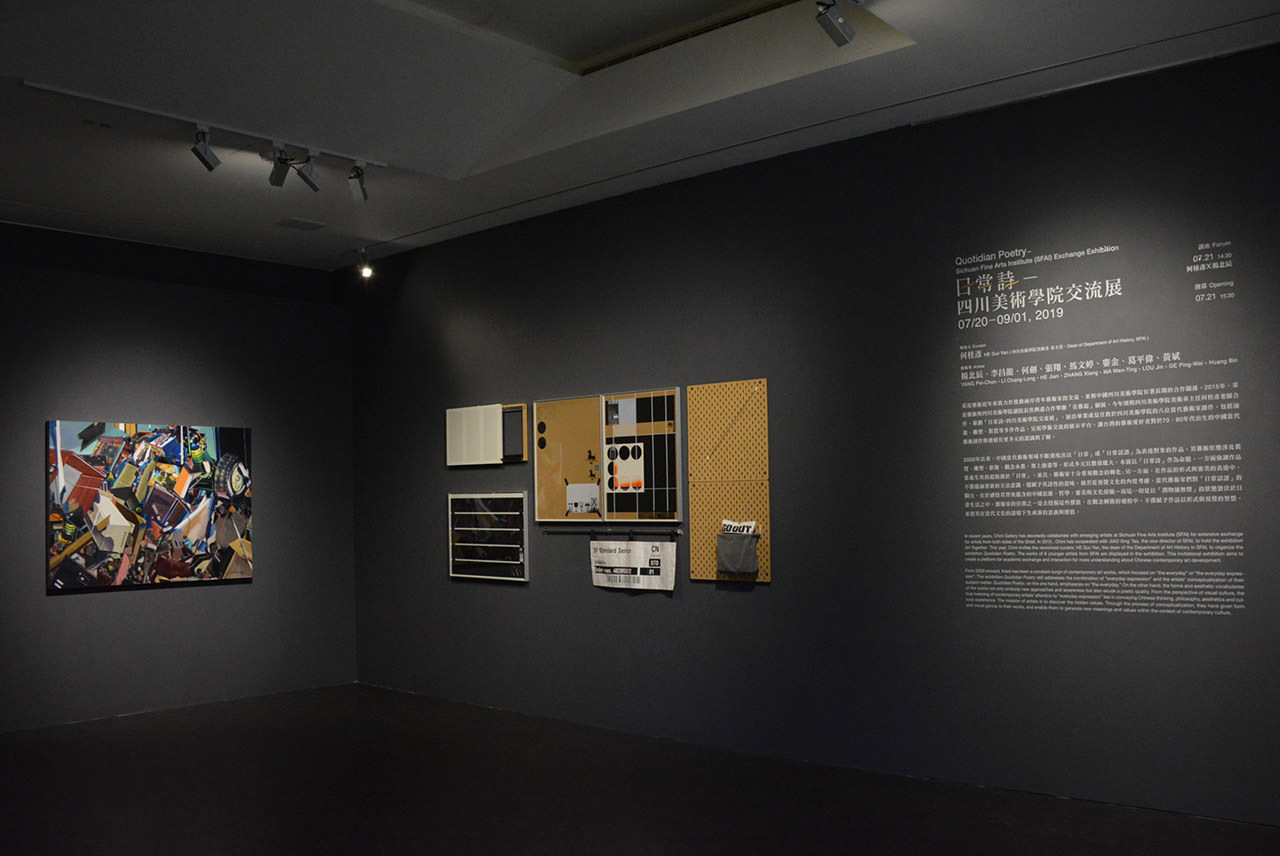
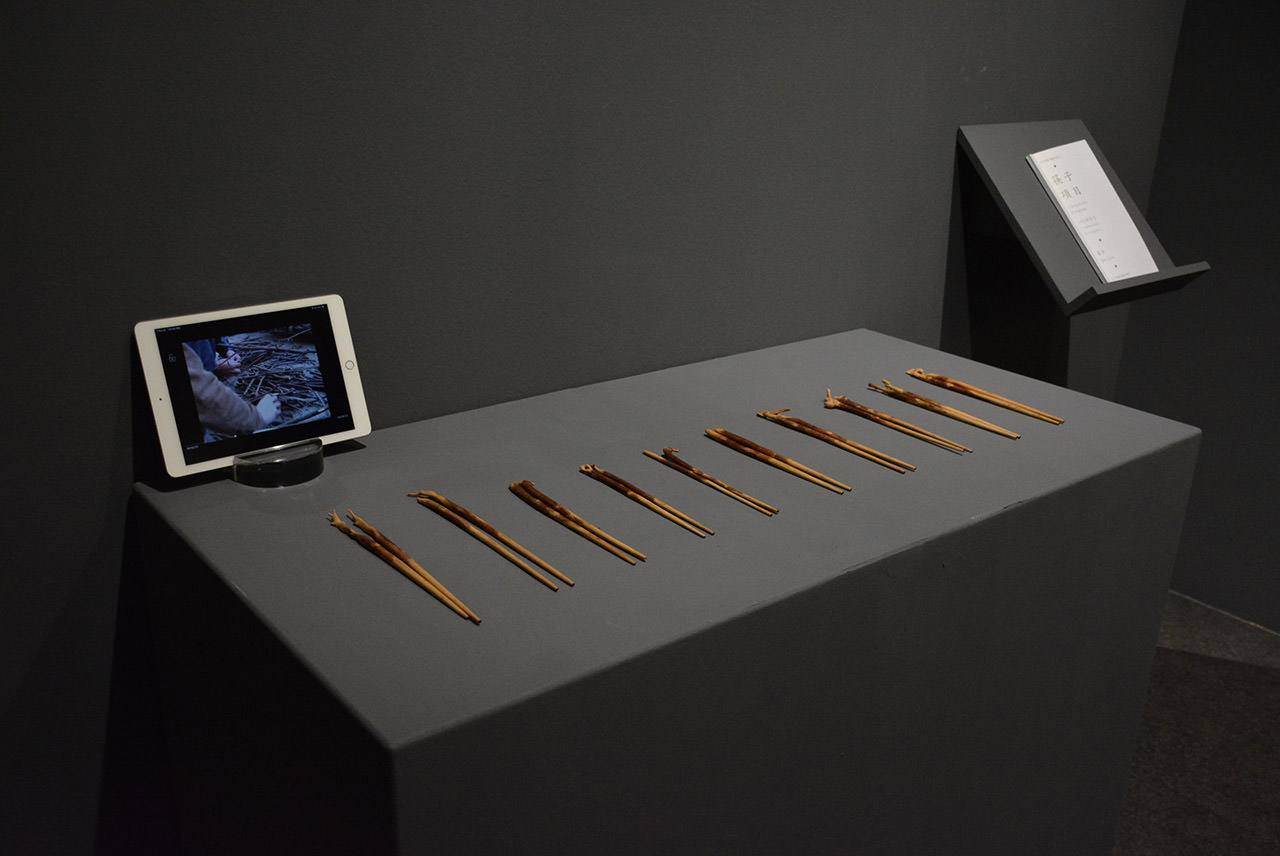
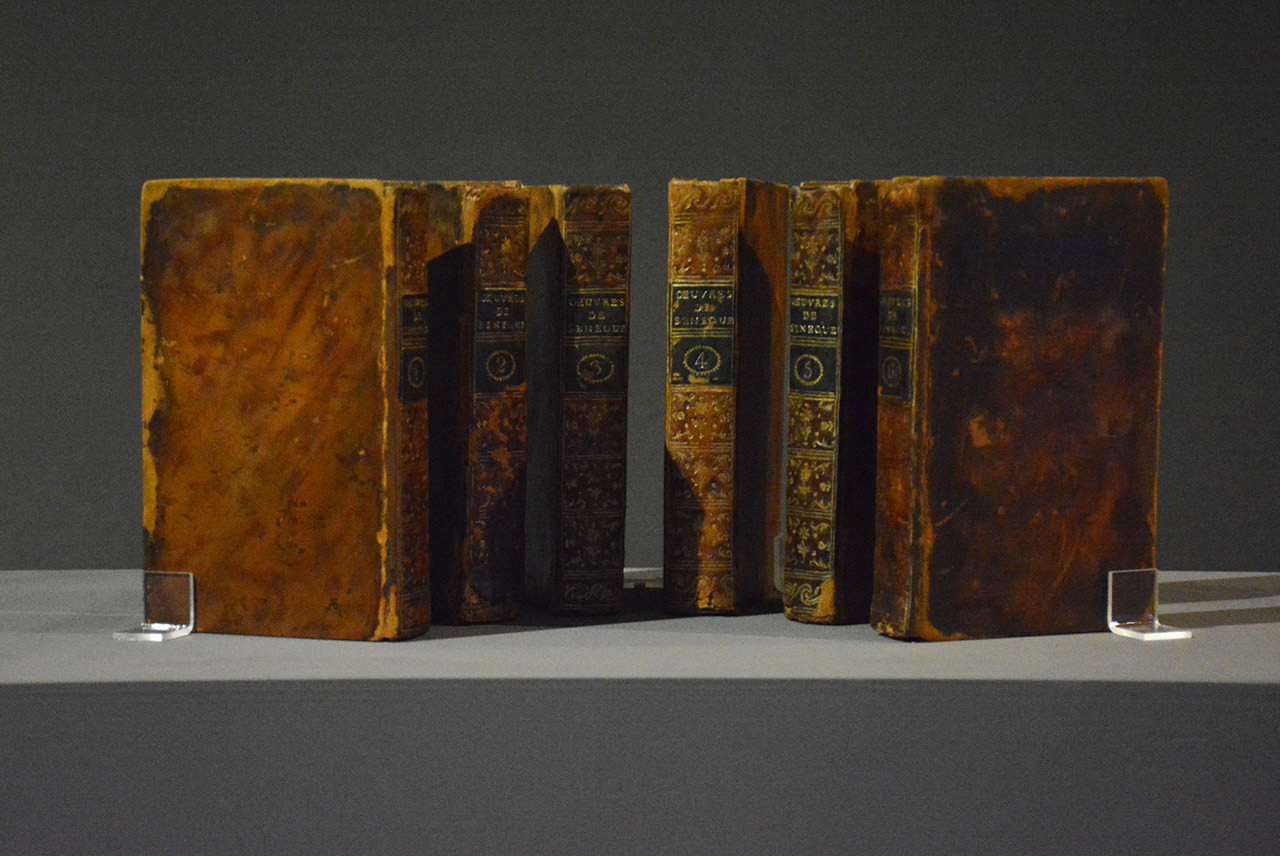
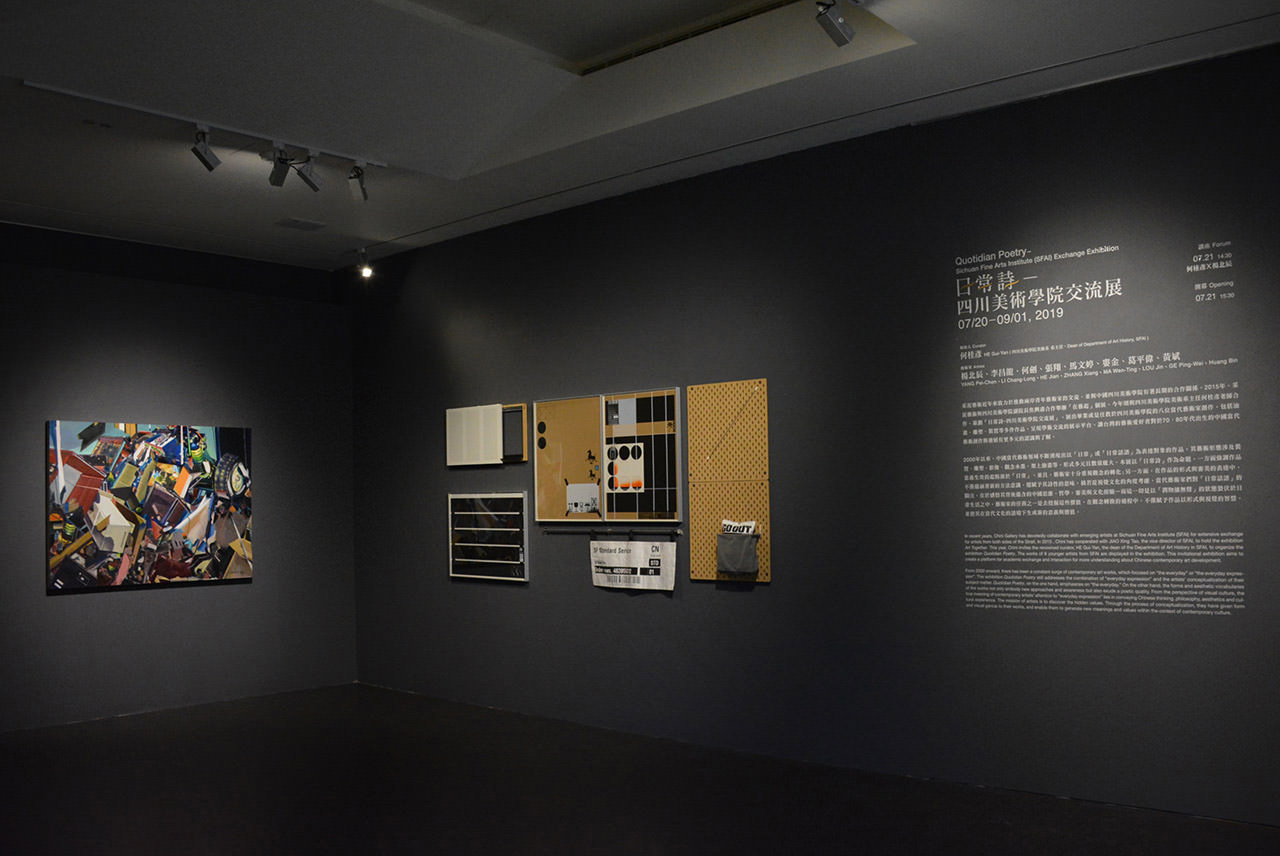
相片提供:采泥藝術
(藝文報報新聞報導)
